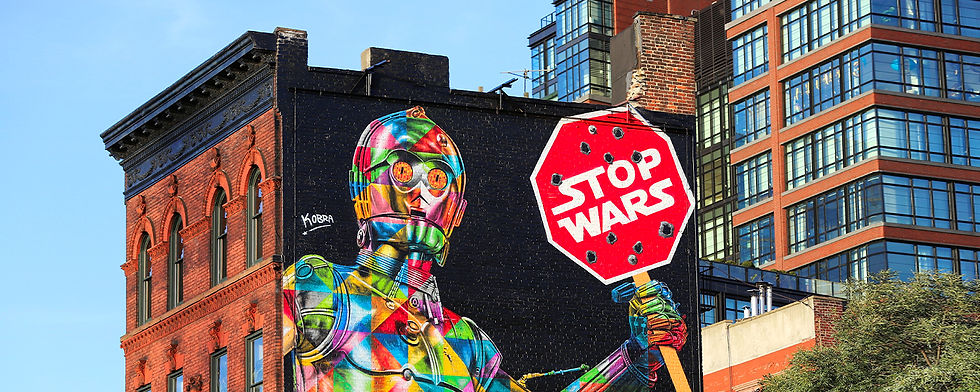The Role of Art in Society
- Jungyun Han

- May 15, 2023
- 2 min read

Art, in its diverse forms and mediums, has long served as a potent means of expression and communication. It transcends the limitations of language, bridging gaps among diverse cultures, races, and societies. This universal nature of art equips it with a unique power to address, influence, and potentially rectify social issues. Rather than being a mere backdrop to societal evolution, art should be seen as a frontrunner, a catalyst driving change and encouraging dialogue.
The first critical role that art plays in social issues is raising awareness. Through visual, auditory, and performative mediums, artists can bring attention to issues often overlooked or underrepresented in mainstream discourse. A painting, a song, a film, a poem, or a theatrical play can vividly depict the hardships of poverty, the brutality of war, the struggles of mental illness, or the pressing concerns of climate change. In doing so, art helps to humanize abstract or distant issues, making them more relatable and urgent to the general public.
Beyond raising awareness, art also fosters empathy and understanding. It offers a platform for marginalized voices and perspectives, allowing them to be heard and understood. By presenting stories and experiences that may be different from our own, art invites us to step into another's shoes, fostering empathy and breaking down barriers of prejudice and bias. It challenges preconceived notions, sparks critical thinking, and promotes a more inclusive society.
Furthermore, art can act as a tool for social activism and advocacy. Street art, for example, has been employed worldwide to protest against political injustices, while music has historically served as anthems for civil rights movements. Through its emotive power, art can incite action and mobilize communities, making it a formidable force in the fight for social change.
In conclusion, the role of art in social issues should not be underestimated. It is more than a medium of creative expression; it is a powerful tool for raising awareness, fostering empathy, and inciting change. As we navigate an increasingly complex world fraught with social challenges, the need for art to act as a societal mirror, a voice for the voiceless, and a catalyst for change only becomes more pronounced.



Comments